Catalog
Search
2118 products
View:
- Selected: 1Areas of use
- Selected: 0Item names
- Selected: 0Manufacturer
- Selected: 0Made in
- Selected: 0Additional
View:
2118 products
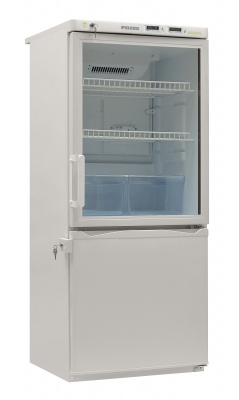
HL-250-1 POZIS Refrigerator combined laboratory
from
48 359 ₽
Total volume, l.
250
The volume of the refrigerator compartment, l.
170
The volume of the freezer / NTO, l.
80
Number of compressors, pcs.
2
Height, mm
1450
Depth without handle, mm
607
Depth with handle, mm
650
Width, mm
600
Weight, kg., no more
than 68
The weight of the refrigerator with metal doors of the upper and lower chambers, kg
63
The maximum rated power of the refrigerator, W
140
The maximum rated power of the freezer, W
120
Warranty,
1 year
Final report on pre-qualification for compliance with the requirements of Good Practice of the EAEU Distribution:
yes
Low-temperature separation
Rated power consumption of the freezer, W
120
Cold storage
The temperature in the refrigerator, °C
+2...+15
Thermal card: yes
The nominal power consumption of the refrigerator, W
140
Freezer compartment
The temperature in the freezer, °C
-25...-10
Efficiency and energy consumption
Electricity consumption, kWh/day, no more
1.91
Approximate dimensions of the product with packaging
Net weight of the product, kg
63-68
Gross weight of the product, kg
66.5-71.5
Volume of packaging, m3
0,647
The length of the package, m
0.69
The width of the package, m
0.63
Height of the commodity, m
1.50
POZIS
Зеленодольск
Produced in: Zelenodolsk, Tatarstan
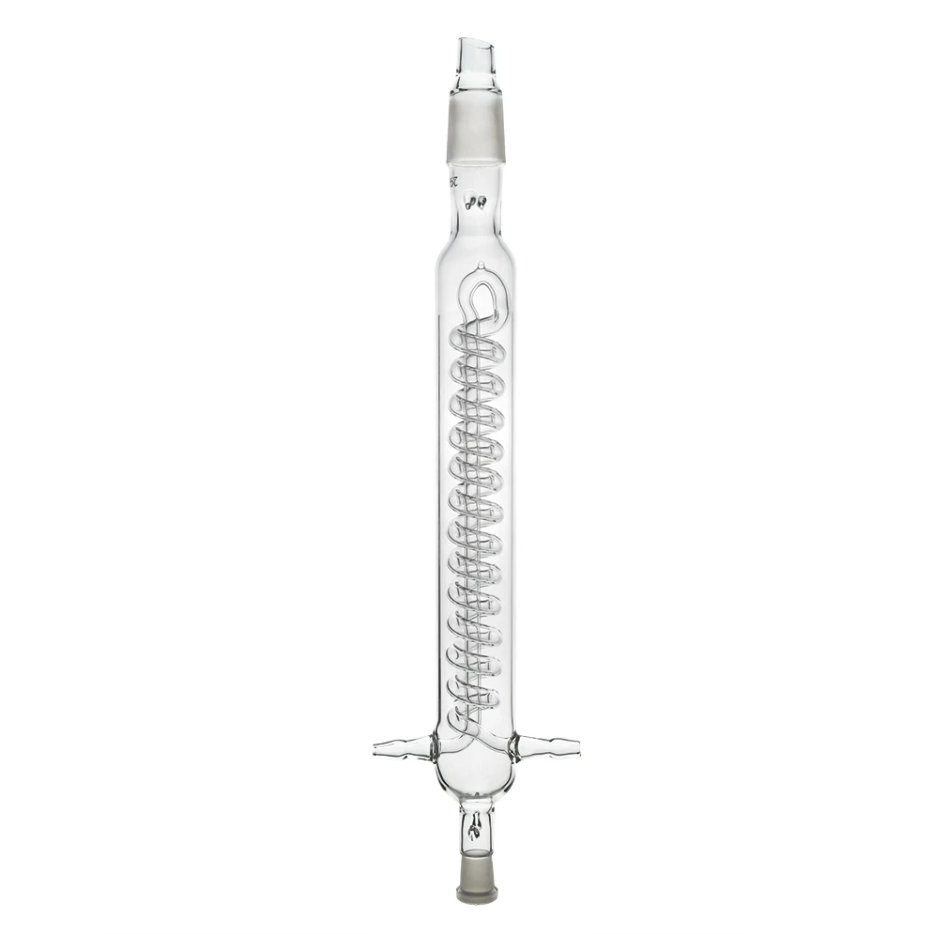
Refrigerator HSV-300-14/23-29/32 Primelab
1 supp.
Refrigerator HSV-300-14/23-29/32 Primelab is a laboratory device used for condensation of vapors formed as a result of boiling of the mixture. Equipped with a core grind (29/32) and a coupling (14/23), from where water is supplied to the cylinder, around which steam circulates. From the outside, the cylinder is affected by the cold room temperature. This creates the conditions for combined cooling. There are a total of 16 turns in the spiral, and the body length is approximately 30 centimeters with a diameter of 40 mm. The refrigerator is made by Primelab from high-quality borosilicate glass, resistant to mechanical stress. It is wear-resistant and has a long service life. The refrigerator can be manufactured according to individual customer specifications.
Primelab
Mytishchi
Produced in: Mytishchi, Moscow region
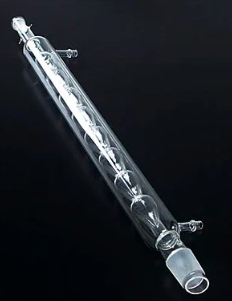
Refrigerator HSh-1-300 14/23 Primelab
from
987 ₽
1 supp.
The KhSh-1-300 14/23 Primelab refrigerator has a well-thought-out design. It includes balls inside the container and core sections (14/23) for connection to the necessary equipment. The length of the working part is 30 cm with a total length of 40.5 cm. The refrigerator is made of durable, transparent and reliable borosilicate glass. Suitable for intensive use due to its excellent performance properties.
Primelab
Mytishchi
Produced in: Mytishchi, Moscow region
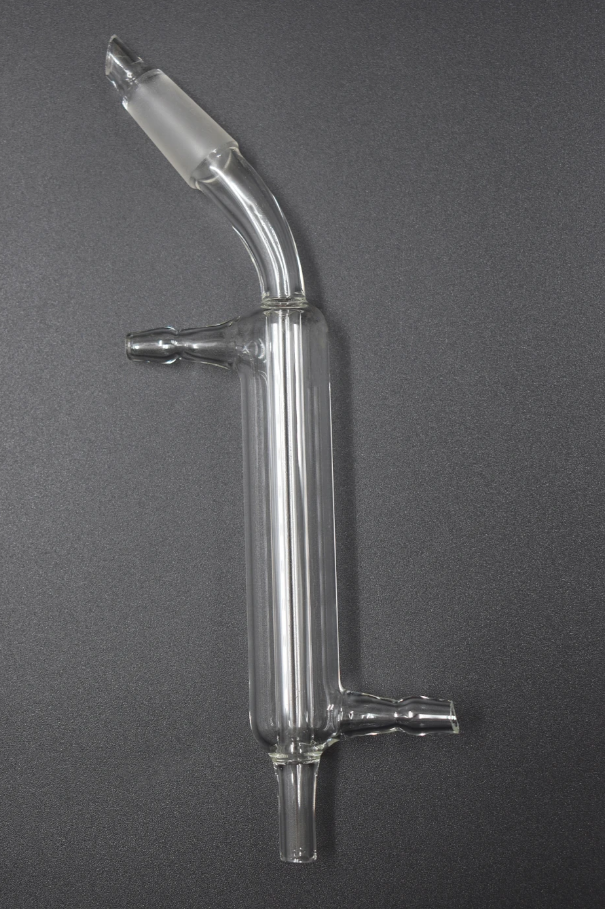
A type of Liebig Primelab refrigerator
1 supp.
A variation of the Liebig refrigerator is produced by PrimeLab. Designed for distillation, distillation, condensation and more. It has a standard design consisting of two glass tubes, one of which is located inside the other. Water is poured into the outer tube, and vapor condenses in the inner tube, after which it flows down. The Primelab company accepts orders for the manufacture of laboratory glassware and instruments, including Liebig refrigerators. We use exclusively high-quality borosilicate glass.
Primelab
Mytishchi
Produced in: Mytishchi, Moscow region
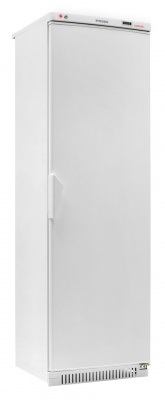
HK-400-2 POZIS Blood storage refrigerator
from
59 820 ₽
Total volume, l.
400
Number of compressors, pcs.
1
Height, mm
1950
Depth, mm
610
Width, mm
600
Weight, kg., no more
72
Rated power consumption, W
300
Maximum rated power, W
315
Voltage,
220 V
Warranty,
1 year
Final report on pre-qualification for compliance with the requirements of Good Practice of the EAEU Distribution: yes
Additional transparent doors that prevent unwanted air exchange between compartments.
Cold storage
Auto refrigerator defrosting system
Temperature in the refrigerator, °C
+2...+6
Accuracy of temperature maintenance
±2°C
thermal card: yes
Efficiency and energy consumption
Electricity consumption, kWh/day, no more
than 1.42
Climate class
UHL 4.2 (i.e. for moderate and cold climate)
Frequency, Hz
50
Approximate dimensions of the product with packaging
Net weight of the product, kg
72
Gross weight of the product, kg
76.5
Volume of packaging, m3
0.827
The length of the package, m
0.65
The width of the package, m
0.63
The height of the packaging, m
2.02
POZIS
Зеленодольск
Produced in: Zelenodolsk, Tatarstan
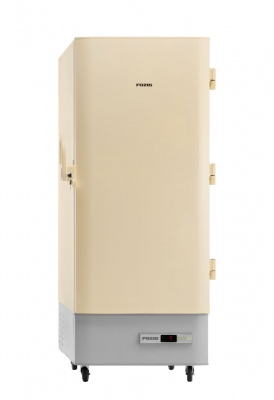
VacProtect VPA-200 POZIS Active refrigerator for storing vaccines
from
114 333 ₽
Electronic control
Refrigerant
R600a
Total volume, l.
200
Number of compressors, pcs.
1
Height, mm
1660
Depth, mm
860
Width, mm
730
Weight, kg., no more
100
Rated power consumption, W
160
Voltage,
220 V
Warranty,
1 year
Cold storage
Temperature in the refrigerator, °C
+2...+8 Freezer
Thermal card: yes
Cold storage battery, pcs
51
Efficiency and power consumption
Electricity consumption, kWh/day, not more
than 0.35
Frequency, Hz
50
POZIS
Зеленодольск
Produced in: Zelenodolsk, Tatarstan
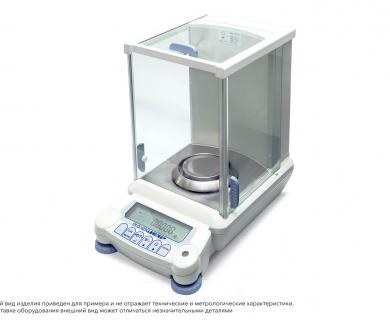
Analytical scales VL-320S
from
214 990 ₽
Technical characteristics:
NIP, G320
Discreteness, g0,0001
Calibration,self-calibration
Diameter of the scale bowl, mm80
The smallest weighing limit, g0.01 The price of the calibration division, mg1
The limits of permissible error in the weighing intervals during verification, mgot 0.01g to 50g incl. ± 0.5; sv. 50g to 200g incl. ± 1.0; sv. 200g to 320g incl. ± 1.5 according to GOST OIML R 76-1-2011
Accuracy class according to GOST OIML R 76-1-2011I special
The actual typical error limits of the scales, mg * ± 0.45 in the entire range
The time of setting the readings, seconds, no more - fast mode - 3; - standard mode - 6
Overall dimensions of the scales (LxWxH), mm356x220x338
Weight of the scales, kg, no more than 7,6
The adjustment weight is built-in
7 years warranty
Price with VAT, rub214,990
Gosmetr
Saint Petersburg
Produced in: Saint Petersburg
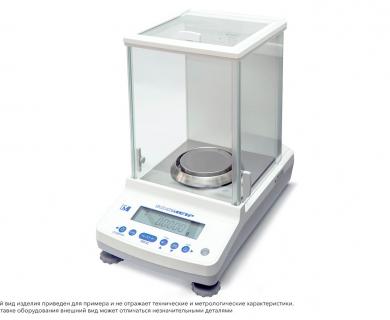
Analytical scales VL-84V
from
184 990 ₽
Technical characteristics:
NIP, G82
Discreteness, g0,0001
Internal calibration
The smallest weighing limit, g0.01
The diameter of the scale bowl, mm91 The price of the calibration division, mg1
The limits of permissible error in the weighing intervals during verification, mgot 0.01g to 50g incl. ± 0.5; sv. 50g to 82g incl. ± 1.0 according to GOST OIML R 76-1-2011
Accuracy class according to GOST OIML R 76-1-2011I special
The actual typical error limits of the scales, mg * ± 0.3 in the entire range
The time of setting the readings, seconds, no more - fast mode - 2; - standard mode - 6
Overall dimensions of the scales (LxWxH), mm356x213x338
Weight of the scales, kg, not more than 6.2
The adjustment weight is built-in
7 years warranty
Gosmetr
Saint Petersburg
Produced in: Saint Petersburg
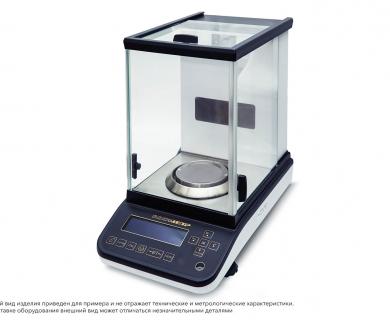
Analytical scales VLA-220S-O
from
359 990 ₽
Technical characteristics:
NIP, G220
Discreteness, g0,0001
Calibration, self-calibration
Diameter of the scale bowl, mm91
The smallest weighing limit, g0.01
The price of the verification division, mg1
Limits of permissible error of the scales during verification, ± mg, in weighing intervals:from 0.01g to 50g incl. ±0.5; sv. 50g to 200g incl. ±1.0; sv. 200g to 220g incl. ±1.5 according to GOST OIML R 76-1-2011 Accuracy class according to GOST OIML R 76-1-2011I special
The actual typical error limits of the scales, mg * ± 0.3 in the entire range
The time of setting the readings, s, no more than ~ 1.5
Overall dimensions of the scales, mm367x212x345
Weight of the scales, kg, no more than 7
The alignment weight is built
7 years warranty
Gosmetr
Saint Petersburg
Produced in: Saint Petersburg
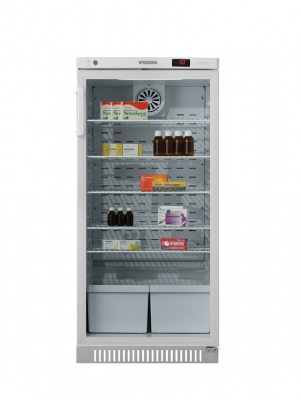
HF-250-3 POZIS Pharmaceutical refrigerator
from
31 384 ₽
Total volume, l.
250
Height, mm
1300
Depth without handle, mm
610
Depth with handle, mm
650
Width, mm
600
Weight, kg., no more
59
Rated power consumption, W
200
Maximum rated power,
220 W
Voltage,
220 V
Warranty, years
2
Final report on pre-qualification for compliance with the requirements of Good Practice of the EAEU Distribution: yes
Cold storage
Auto refrigerator defrosting system
Temperature in the refrigerator, °C
+2... +15
Accuracy of temperature maintenance
±2°C
Thermal card: yes
Efficiency and energy consumption
Electricity consumption, kWh/day, not more
than 0.82
Climate class
UHL 4.2 (i.e. for moderate and cold climate)
Frequency, Hz
50
Approximate dimensions of the product with packaging
Net weight of the product, kg
59
Gross weight of the product, kg
63
Volume of packaging, m3
0,557
Length of the package, m
0.65
Width of the package, m
0,63
Height of the package, m
1.36
POZIS
Зеленодольск
Produced in: Zelenodolsk, Tatarstan

Refrigerator XSh-1-300 29/32 Primelab
from
1 223 ₽
1 supp.
Refrigerator KhSh-1-300 29/32 Primelab is designed for cooling liquids and performing some laboratory processes. With compact dimensions of 46 cm and a working part of 30 cm, it has excellent performance. Cooling occurs not only due to the movement of liquid along the balls inside the refrigerator, but also due to the influence of running water moving along the jacket. Equipped with a 29/32 core section for connection to the necessary laboratory equipment.
Primelab
Mytishchi
Produced in: Mytishchi, Moscow region
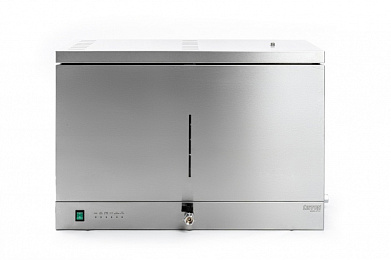
Electric aquadistillator with built-in collector Liston A1110
from
95 000 ₽
Liston
Zhukov
Produced in: Kaluga region, Zhukov
